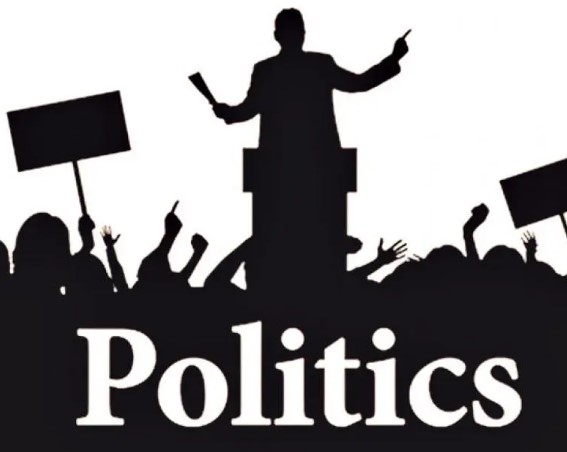
This article discusses voters’ perceptions of potential political coalitions and their assessments of their policies. It also examines methods to measure the positions and policies of coalitions. The findings will help political parties plan and run their campaign effectively. But before we move on, we need to understand the nature of the phenomenon of the coalition.
Voters’ Perceptions of Coalitions
A recent study investigated how voters perceive a political coalition. It showed that respondents’ perceptions of a coalition varied by ideological position. For example, people with extreme ideological positions were less likely to view the coalition as separate from the component parties. Despite this, voters generally scored the coalition above average or better than average.
The researchers analyzed three coalitions in Germany. One included a traffic-light coalition consisting of the Social Democratic Party (SPD), the Green Party (Green), and the Free Democratic Party (FDP). Before this coalition was formed, the parties competed in ideologically homogeneous camps. The fragmented party system made it difficult for two-party alliances to achieve a majority. This led party elites to reconsider new partnership options.
The Democratic coalition is most closely aligned around common themes, such as support for a strong safety net and the role of government. But they differ on specific issues such as immigration and criminal justice. For example, they are less likely to support an increase in legal immigration but more likely to identify illegal immigration as a problem. The Democratic coalition also includes many Black Democrats, accounting for 40{e421c4d081ed1e1efd2d9b9e397159b409f6f1af1639f2363bfecd2822ec732a} of the Democratic Party.
Voters’ Evaluations of Potential Coalition Governments
In multiparty democracies, coalition governments are an expected outcome. Therefore, voters should carefully consider how they are likely to evaluate potential coalition governments before casting their votes. In addition, the context in which a voter is making the decision may also influence their decision. For example, voters may be more likely to vote for a moderate political coalition if they believe it will have a better chance of achieving their desired outcome.
Specifically, the pre-election survey asked respondents to rate six main parties and seven specific coalitions. It was a national survey conducted by phone three weeks before the election. The respondents were asked to rate each party based on their likelihood of forming a government.
Democrats and the Progressive Left share common attitudes on economic issues. Both parties support a vital role in government and a strong safety net. However, there are some differences, including attitudes toward the part of corporate power. In addition, Democrats and the Progressive Left have different views on criminal justice and immigration. However, these differences are less about the issue itself than the intensity of liberal positions.
Voters’ Perceptions of Coalition Policies
The study’s findings suggest that voters’ perceptions of political coalitions differ from those of individual parties. Voters tend to evaluate unions more favorably when the parties that make up the coalition are congruent with each other’s ideology. This expectation is consistent with previous research.
The distance between coalition partners has an important effect on voters’ evaluations of a coalition. Ideological congruence and ideological distance are related to the effectiveness and competence of the coalition. Ideological distance also has electoral relevance: when voters perceive a coalition as compromising, they punish the coalition.
Moderates have much in common with liberals but differ from conservatives in their political ideology. For example, while both sides favor the larger government, centrists favor a smaller one. However, many moderates believe the government should play a more significant role in creating equal opportunities for everyone. In addition, seven in ten moderates disagree with the notion that the “deck is stacked against people like me.”
Methods for Measuring Coalition Positions
Political coalition positions are often categorized as liberal, moderate, or conservative. The percentage of Americans identifying as liberal, intermediate, or traditional remains relatively low. The largest share of Republicans consistently identifies as conservative. However, their rate has declined recently, from 33{e421c4d081ed1e1efd2d9b9e397159b409f6f1af1639f2363bfecd2822ec732a} in 1994 to 22{e421c4d081ed1e1efd2d9b9e397159b409f6f1af1639f2363bfecd2822ec732a} in 2021. Ideological differences by party and geography are relatively small.
This is in contrast to the General Orientations Model, which assumes that people are genuinely ideological and that their opinions are influenced by their psychological tendencies. In this model, people are unconsciously idealistic. Their views and behaviors are determined by their psychological preferences. However, in other regions, people’s expectations regarding coalitional positions may be shaped by coalitional realities.
Currently, the Democratic and Republican parties hold opposite views on economic issues, while the GOP and the Democrats have sharp differences in immigration policy and civil rights for minorities. The result is a political coalition that combines conservative and liberal ideas.


